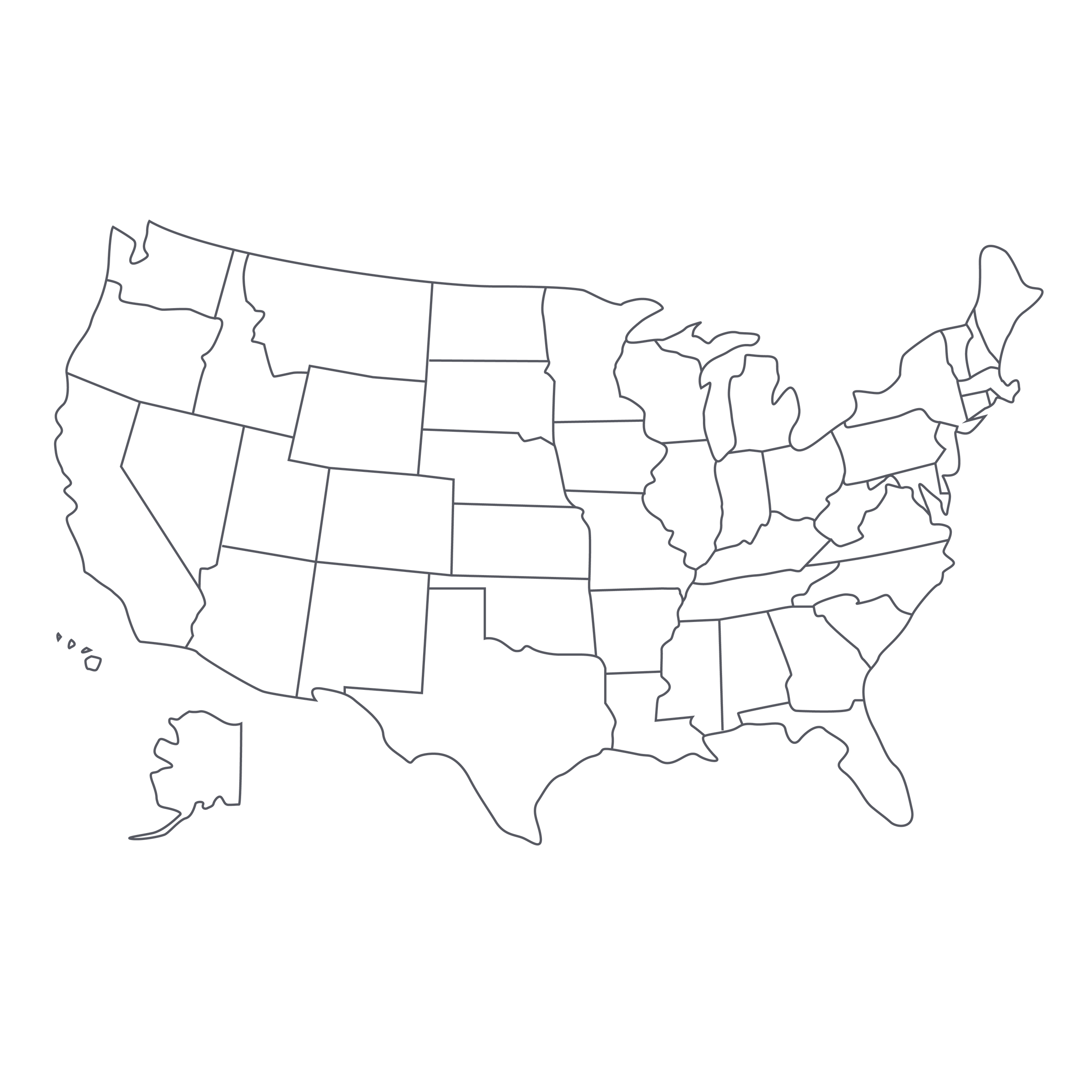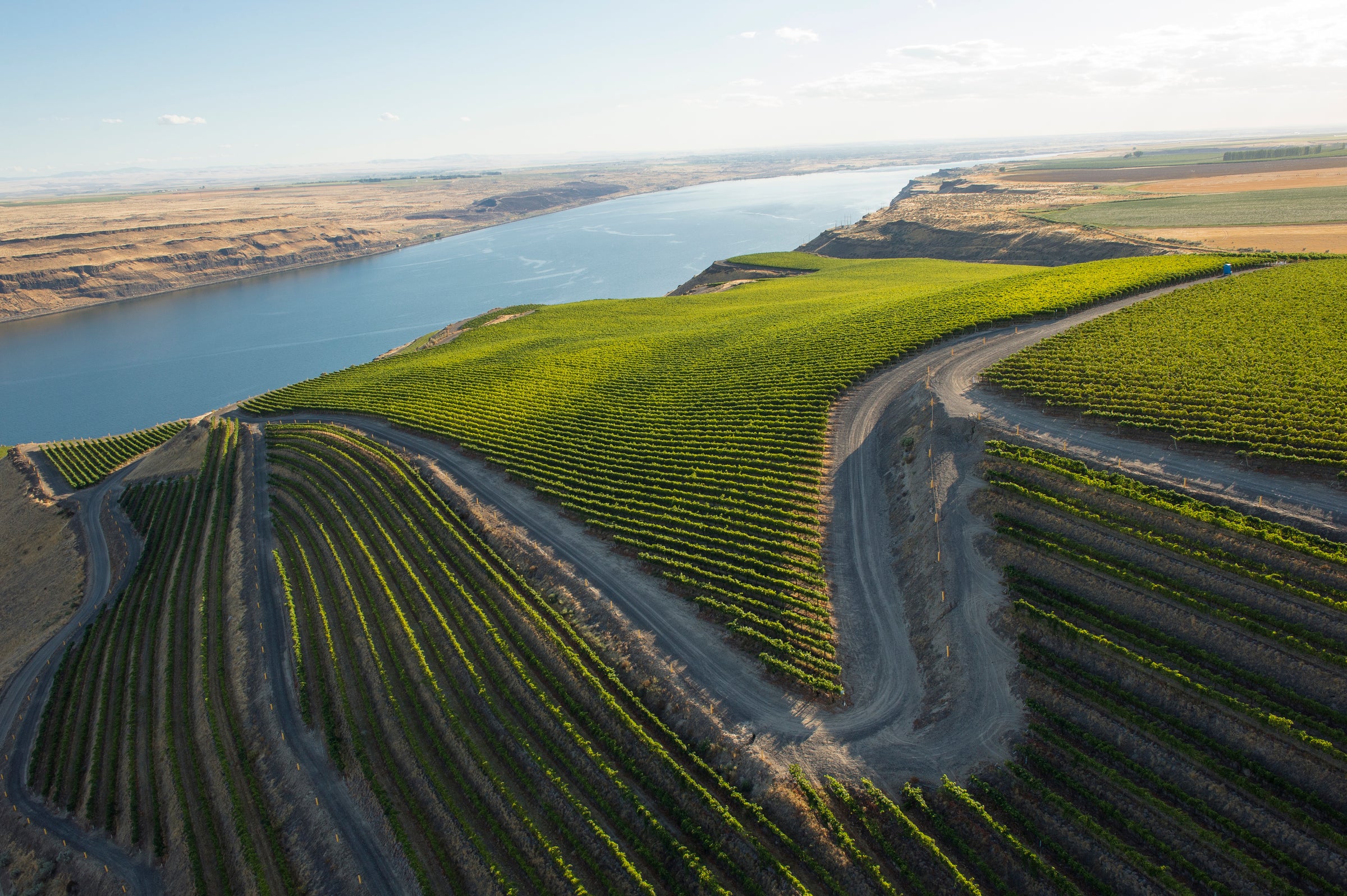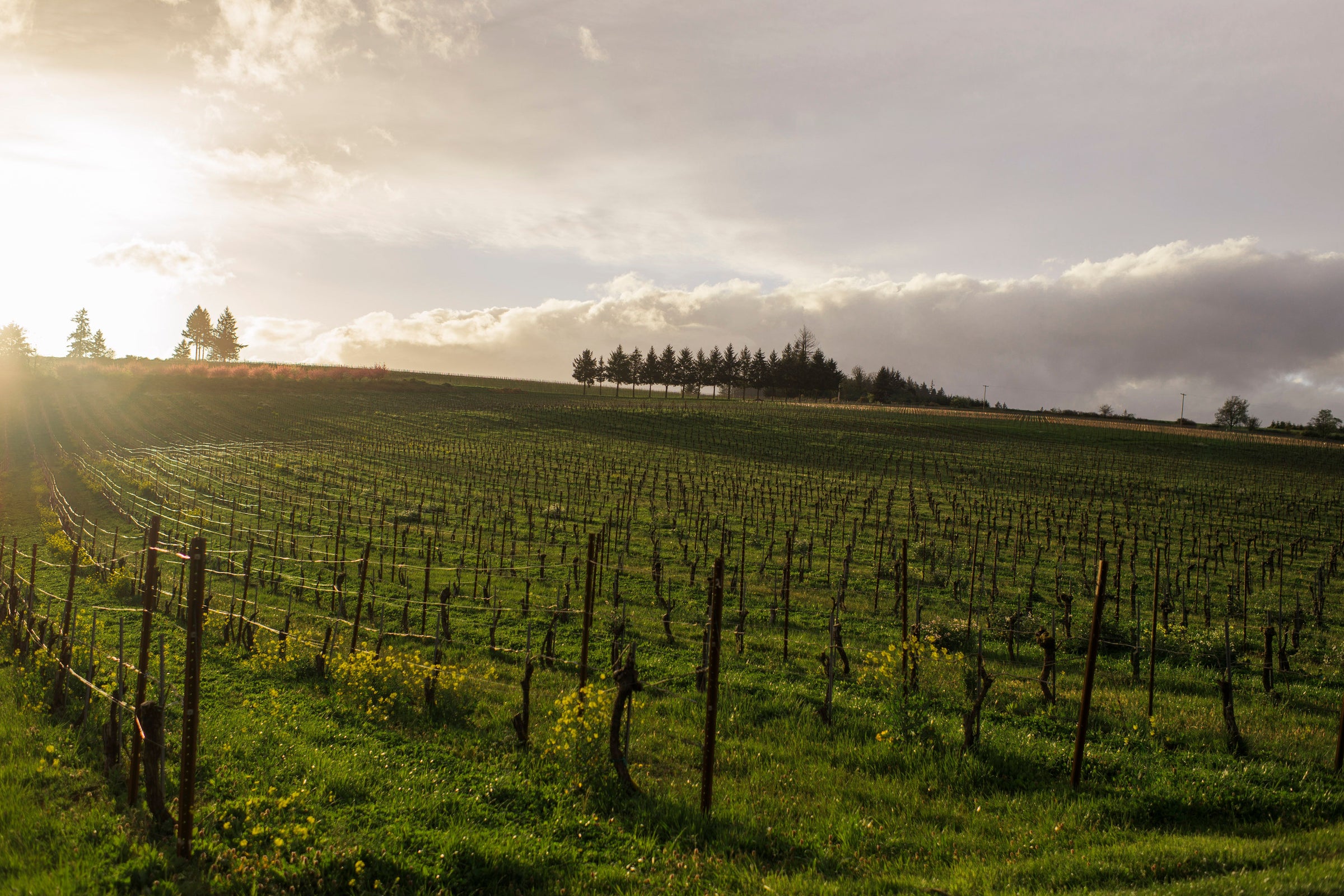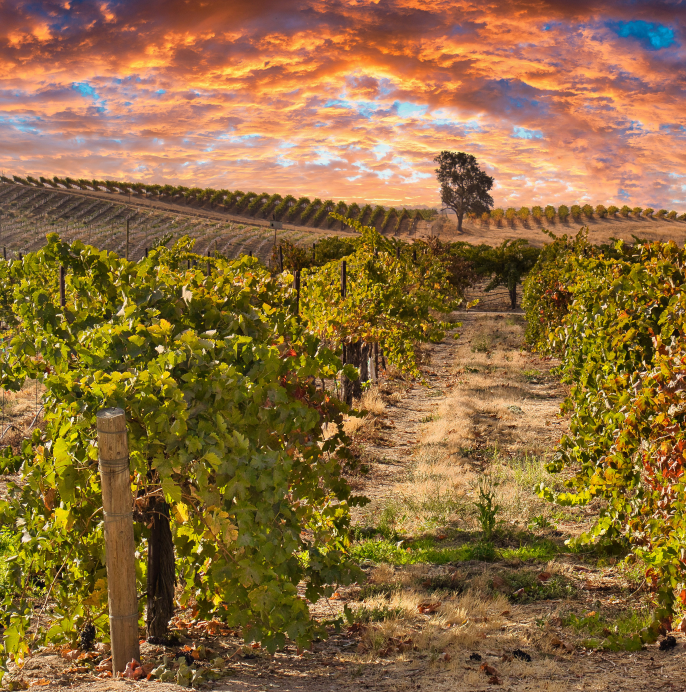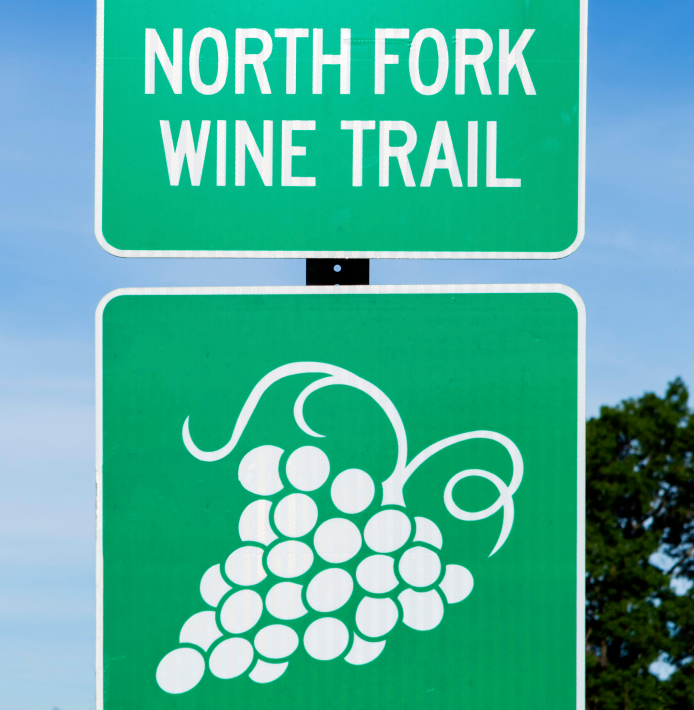If you’re unaware of the enduring hype and infinite intrigue swirling about Arterberry Maresh, please take a momentary break from whatever you’re doing. This is one of the founding families of Willamette Valley wine, and their substantial yet hauntingly elegant Pinots have been worshipped for decades. When Robert Parker tasted their 1985 release, he exclaimed “only a handful of Pinot Noirs in my experience have delivered greater beauty or more striking singularity.” And while today’s 2018 is 33 years removed from that legendary bottling, those words still ring sonorous and true.
Jim(my) Maresh, a third-generation Dundee Hills grower following in the footsteps of his beloved father, has raised the bar to seemingly insurmountable heights by producing pure, nuanced, aromatically complex Pinot Noirs. We’ve offered several over the years, but today’s special bottling is the heart and soul of the winery—and a first-time feature for us. The “Maresh Vineyard” is the fifth-oldest vineyard in the entire state of Oregon, and its self-rooted, organic, dry-farmed Pinot Noir is the sole source for today’s thrilling bottle. This cuvée is made in small quantities and each release has garnered near-perfect scores that have only quickened their sell-out velocity. So, after scrambling to secure (up to) 12 bottles, come back and read the story of our recent visit to their iconic red barn.
At the start of 2022, we endured a three-day Willamette Valley gauntlet that saw us visiting 15+ wineries and tasting nearly 200 wines. Arterberry Maresh’s lineup was, far and away, the finest and most complete. Once pulling up to Maresh’s old red barn, we met one of the valley’s most eccentric, relaxed, down-to-earth winemakers: Jimmy Maresh Jr., grandson of the late great Jim Maresh. No lineup was awaiting us, no elaborate spread or starched collars either. It was just Jim, packing up club orders in sweatpants, and he instantly treated us like we’d been lifelong neighbors. Everything felt impromptu/arbitrary during our tasting, as he kept disappearing into the cellar to find the next bottle, and yet, every Pinot was so focused, perfumed, pure—mind-blowing. He remained exceedingly modest all the while, never going beyond comments like “pretty good results” or “I’m proud of this bottling.” That’s because his wines do all the talking.
I consider it the ultimate win-win when we can offer a wine that is not only an unparalleled value but made by a reference-point producer—a “teachable moment,” if you will. In the late 1950s, Jim and Loie Maresh bought a farm in the Dundee Hills and began growing assorted fruits and other crops. Shortly after David Lett of Eyrie Vineyards planted what was said to be the first Pinot Noir vines in the Willamette Valley, Jim and Loie planted their first grapevines in 1970. That original site, called the Maresh (pronounced “Marsh”) vineyard, is among the oldest in the entire valley and the sole fruit source for today’s wine.
Jim and Loie’s daughter, Martha Maresh, married Willamette Valley winemaker Fred Arterberry, whose eponymous label was well-known and well-regarded, thanks in no small part to prime Pinot fruit from the Maresh Vineyard. Arterberry Winery closed after Fred’s untimely death in 1990, and for many years the fruit from the Maresh site was used in acclaimed vineyard-designated bottlings from other producers. But when Jim Maresh, Jr., Fred and Martha’s son, established his label in 2005, he brought it back into the family fold.
Soils in the vineyard are mostly “Jory,” a silty clay/loam derived from igneous rock. The hand-picked fruit for this ’18 vintage was fully de-stemmed and aging occurred French oak, 5% new, for 20 months. It was bottled without fining or filtering. Arterberry Maresh’s style has always emphasized tension and lifted aromatics framed by moderate alcohol, and even at this relatively young age, today’s 2018 shows seamless integration. Compared to Arterberry Maresh’s entry-level Pinot Noir, this special cuvée is its wiser, more nuanced older brother.
